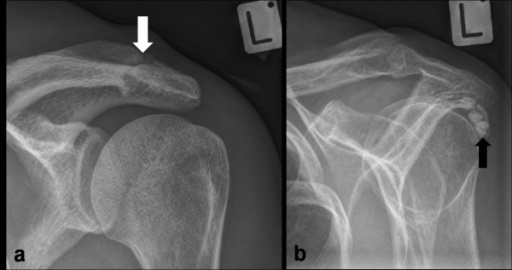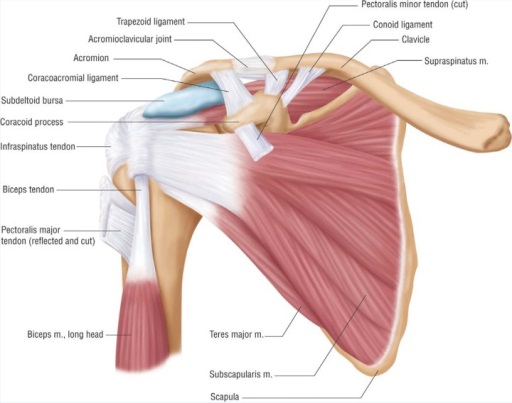Shoulder Impingement Sufferers, Read This…
- Shoulder Impingement
- Shoulder Bursitis
- Rotator Cuff Strain
- Rotator Cuff Tears
You may have been told that you have one or more of these problems going on as part of your shoulder pain. There are a lot of structures in the shoulder joint, but they all tend to be affected by the same, little-known syndrome. I’ll talk about it in a minute, but first…is this your story?
“It started off as a small ache in the front and side of my shoulder. After a few months, it progressed into pain when raising my arms up to fix my hair. Now it hurts to lift everyday objects like the coffee pot. I dread putting groceries away. Sometimes it even hurts when I’m just sitting around doing nothing. I used to be able to calm the pain with some Tylenol, but it is not helping anymore. The last straw was when it started to wake me up from sleeping a few nights ago. I can’t lie on my side to sleep anymore.”
This is the story with most people that have shoulder impingement. When it gets to this point, it is really far gone and will take 6-12 months to recover. Your physician may even recommend surgery if you have a tear and bone spurs in the joint.
The best thing you can do for yourself is to get the problem fixed as early as possible. Don’t wait until you are hurting all the time. Treatment for shoulder impingement before any major tears occur only takes 1-2 months of doing 2-3 exercises each day. After that its just some maintenance work from time to time.
The little known shoulder pain syndrome is called HUMERAL ANTERIOR GLIDE MEDIAL ROTATION SYNDROME (AGMRS).1
The definition of a syndrome is a cluster of signs and symptoms that occur together.
In the medical field, syndromes are used to guide treatment of patients when there is not a single definite cause to the problem. A common example is metabolic syndrome. If you are overweight, have high blood pressure, high
blood sugar, high cholesterol and high triglycerides – you have metabolic syndrome and thus a high probability that you will get heart failure, a heart attack or a stroke. The point of developing the syndrome was to catch and treat people before they have heart attacks. Treatment for people with metabolic syndrome is focused on weight loss and medications to control the other signs and symptoms.
Your shoulder pain may start as humeral AGMRS and then over time turn into a major injury like a torn rotator cuff. The key in preventing the major shoulder problem is fixing the AGMRS! Even if you have had a surgery to repair a torn rotator cuff, there are many patients that never get treated for AGMRS.
A good exercise to start treating your shoulder is with this wall shrug. Keep in mind, that everyone is different and this may not be the best exercise for you. Consult your physical therapist to be sure you are getting the right treatment.
Not many healthcare providers understand how to fully identify or treat AGMRS. Most comprehend aspects of it – like weak rotator cuff muscles, but they typically are not trained to evaluate and treat the entire syndrome.
All physical therapists at El Paso Manual Physical Therapy are well versed in treating humeral AGMRS and all the complications that follow it like shoulder impingement, rotator cuff sprains/tears, shoulder bursitis, etc. If you are in El Paso, Texas, please give us a call to see if we can help you fix your shoulder pain.
- Sahrmann S. Diagnosis and Treatment of Movement Impairment Syndromes. Mosby;2002.


